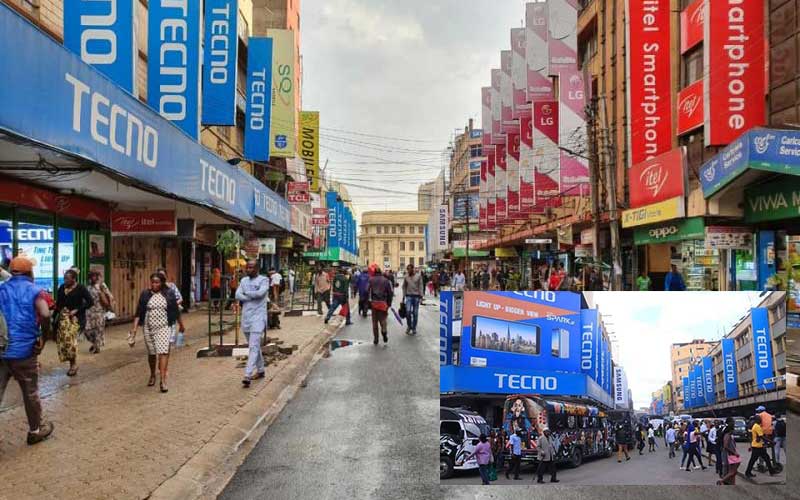×
The Standard e-Paper
Fearless, Trusted News

Businesspeople and pedestrians along Nairobi’s Luthuli Avenue can now breathe easy.
The once noisy and chaotic road in the central business district (CBD) now has some order. Pedestrians can now relax on street benches, stroll comfortably along this street which has since been converted into a one-way street.